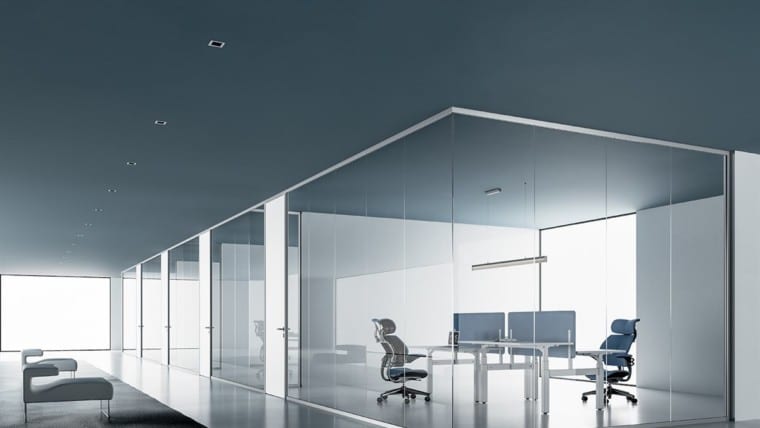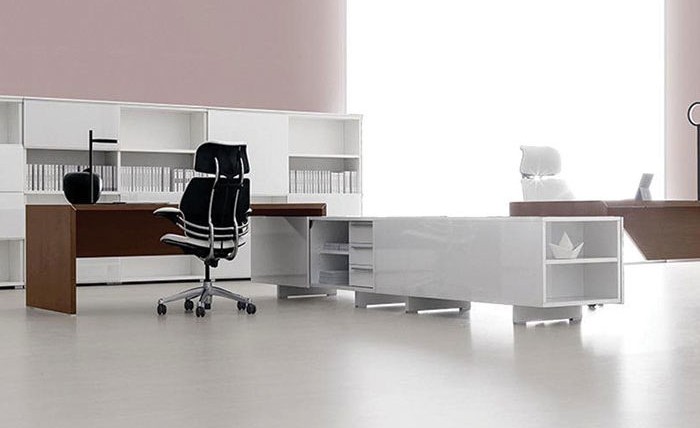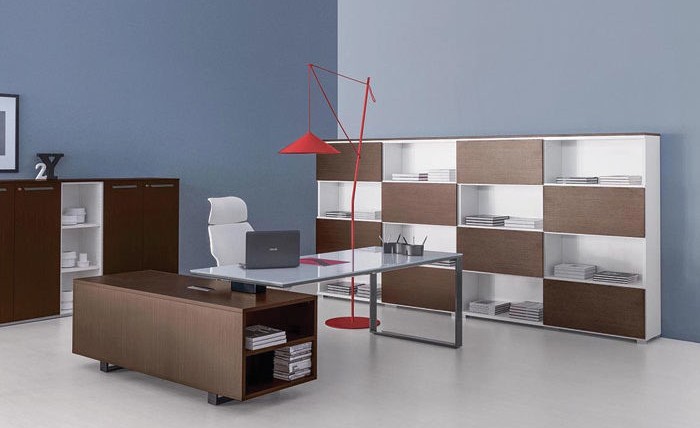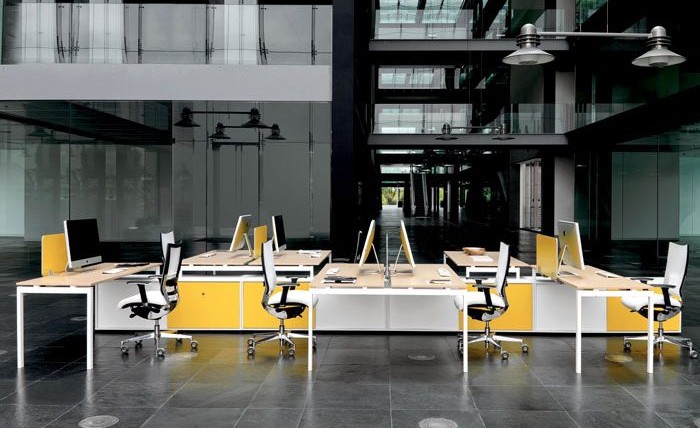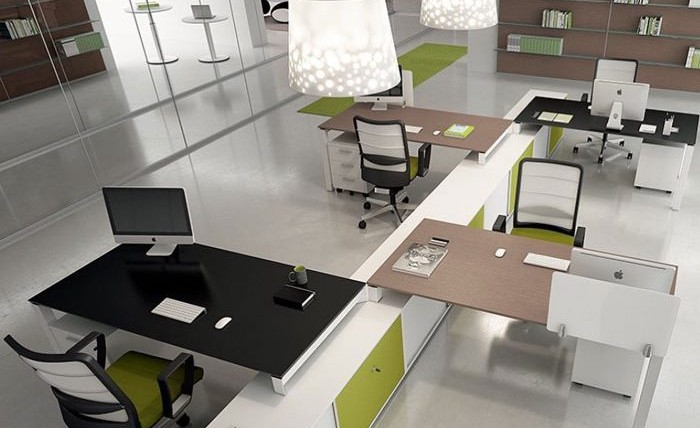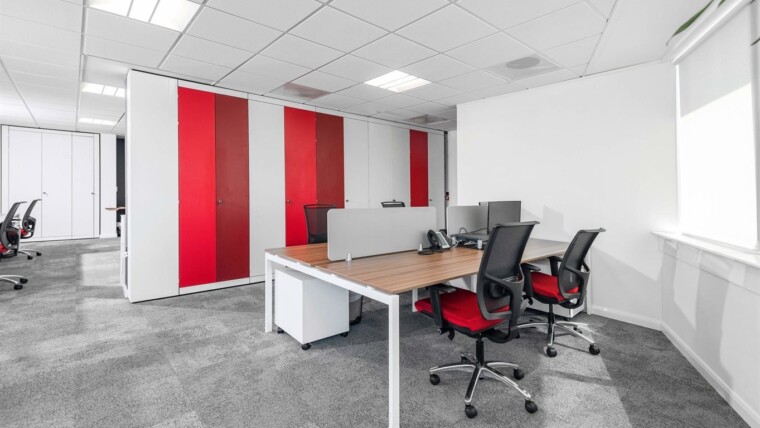If you are stressed out at work, it may be because your office is designed in a way that creates tension. You may not have even considered that, right?
As employees spend more time working and staying connected to their jobs 24-7 via smartphones, tablets and desktops, the boundaries between work-life balance are becoming blurred. This has sparked a need for employers to take responsibility to address how their office environment plays a critical role in employee health.
Establishing an office space where employees desire to spend their time is important. Even the smallest office changes speak to the value of making employee wellbeing a priority.
To really make a positive impact in the workplace environment and reduce employees’ stress in the office, here are the fundamental design factors that I have found to are tremendously effective:
Provide Natural Light. Give employees as much access to natural air and light as possible, which has proven to decrease headaches and respiratory diseases. Some ways this can be achieved include creating offices near the windows, opening closed office spaces up with the addition of glass, and moving closed rooms toward the core of
building.
Design for Ergonomics. Take ergonomics into account by using the right office furniture to minimize muscular and bone diseases. Effective ergonomic design can contribute to reduction in muscle and nerve issues. For corporate design clients, I typically implement adjustable computer screens in terms of height and distance to make people feel comfortable and to improve their visual acuity.
Factor in space use. Consider how to stay dynamic by balancing work and social spaces. This allows employees to choose where and how to work and empowers them – leading to increased job satisfaction and significant stress reduction. Also, where possible, incorporate game areas and intriguing breakrooms to give employees another reason to stay engaged and satisfied at work.
Consider worker needs. Determine team needs based on your specific profession and culture. Give periodic surveys to employees to understand their work space desires. If possible, work with a crew of anthropologists to collect observations, interviews, questionnaires and results from ‘Design Thinking’ workshops.
Ultimately, creating work spaces that reduce stress, increase healthy habits, support the physical welfare of employees, and maximize productivity and lifestyle – requires the buy in of a socially responsible employer. If created and executed properly, thoughtful office design has proven to be a powerful tool to support employee performance, one that I have found to be key for surviving the digital uprise.
Source: Miami Herald


